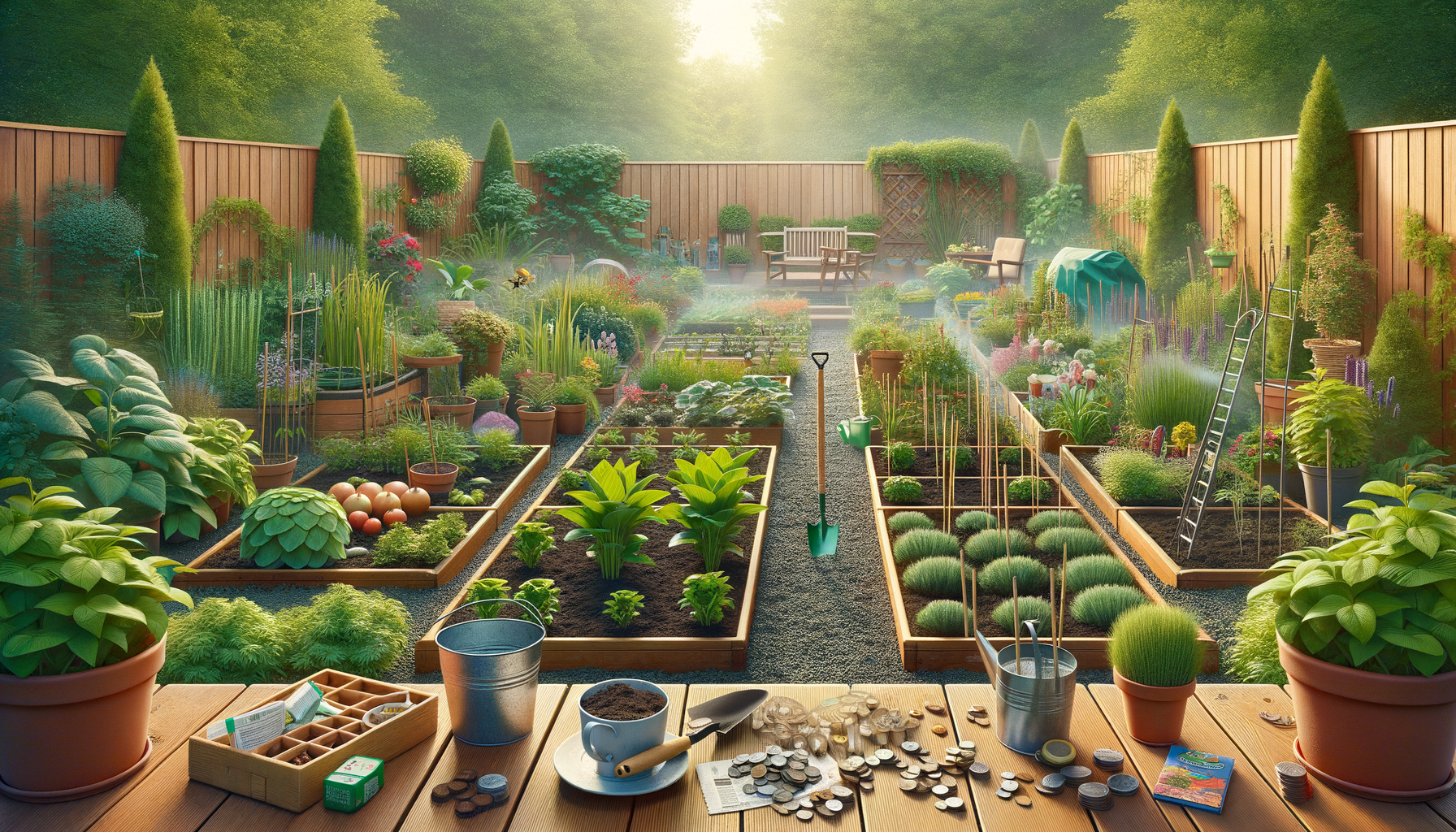5 Garden Planning Habits That Might Waste Time and Money
Planning habits that may lead to wasted time or costs in the garden.

Introduction to Garden Planning
Gardening is a rewarding hobby that not only beautifies your surroundings but also provides a sense of accomplishment and tranquility. However, without careful planning, it can also become a source of frustration and unnecessary expense. Understanding the common pitfalls in garden planning can help you avoid wasting time and money while ensuring a flourishing garden. This article explores five habits that might not serve your gardening goals as well as you hope.
Overlooking Soil Quality
One of the most crucial aspects of successful gardening is the quality of your soil. Many gardeners make the mistake of ignoring soil health, focusing instead on plants and aesthetics. However, soil is the foundation of any garden, providing essential nutrients to plants. Poor soil can lead to weak plant growth, increased susceptibility to pests, and a greater need for fertilizers and pesticides.
To avoid this, start by testing your soil’s pH and nutrient levels. This can be done using a simple home testing kit or by sending a sample to a local agricultural extension office. Based on the results, you can amend the soil with organic matter, compost, or specific nutrients to create a fertile environment for your plants. Investing time in improving soil quality can save you money on fertilizers and increase the overall health and productivity of your garden.
Ignoring Plant Compatibility
Plant compatibility is another critical factor often overlooked by gardeners. Different plants have varying requirements for sunlight, water, and nutrients, and placing incompatible plants together can lead to poor growth and increased maintenance. For example, planting sun-loving flowers in a shaded area or water-intensive plants next to drought-tolerant ones can cause issues.
To ensure plant compatibility, research the needs of each plant species you intend to include in your garden. Consider factors such as light requirements, water needs, and growth habits. Group plants with similar needs together to create microenvironments where they can thrive. This approach not only promotes healthier plants but also reduces the need for additional resources like water and fertilizers.
Overplanting and Crowding
In the excitement of creating a lush garden, many gardeners fall into the trap of overplanting. Crowding plants can lead to competition for resources, increased susceptibility to diseases, and higher maintenance requirements. Over time, this can result in stunted growth and a less attractive garden.
To avoid overplanting, plan your garden layout carefully. Consider the mature size of each plant and allocate sufficient space for growth. Use a mix of plant sizes and types to create visual interest while maintaining adequate spacing. This thoughtful approach not only enhances the garden’s aesthetics but also promotes healthier plant development and reduces the need for constant pruning and maintenance.
Neglecting Seasonal Planning
Seasonal planning is essential for a thriving garden, yet it’s often neglected. Different plants have specific growth cycles, and planting them at the wrong time can lead to poor yields and wasted effort. For instance, planting cool-season vegetables in the heat of summer can result in bolting and poor harvests.
To maximize your garden’s potential, create a seasonal planting calendar. Consider your local climate and the specific growth requirements of each plant. This will help you determine the optimal planting and harvesting times, ensuring a continuous supply of fresh produce and vibrant blooms. Seasonal planning also allows you to rotate crops, reducing pest and disease buildup and improving soil health.
Conclusion: Cultivating a Thoughtful Garden
Gardening is both an art and a science, requiring careful consideration of various factors to achieve success. By avoiding common planning pitfalls such as neglecting soil quality, ignoring plant compatibility, overplanting, and neglecting seasonal planning, you can create a thriving garden that brings joy and satisfaction. Remember, a well-planned garden not only saves time and money but also enhances your connection with nature, offering a peaceful retreat right in your backyard.